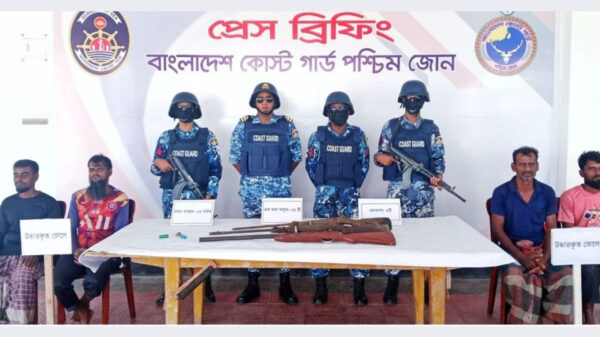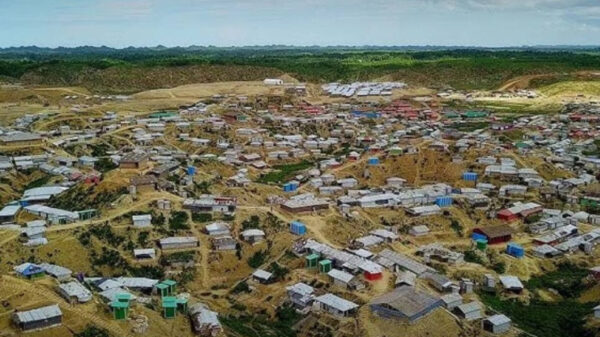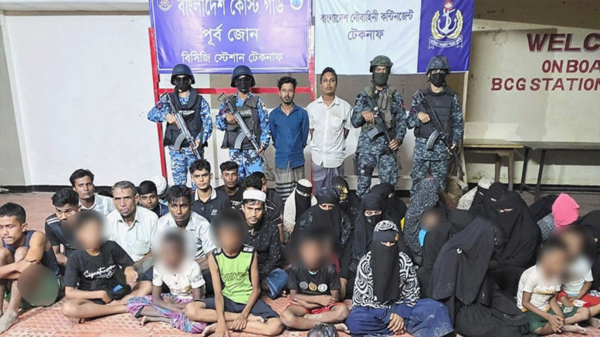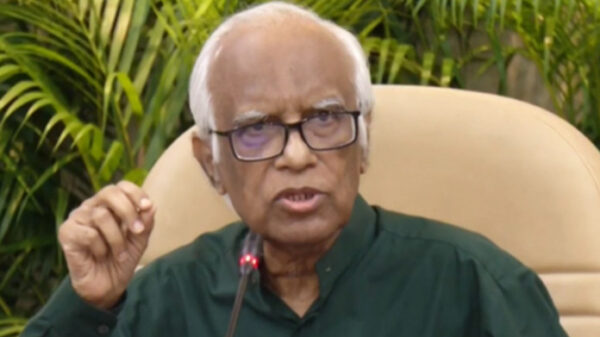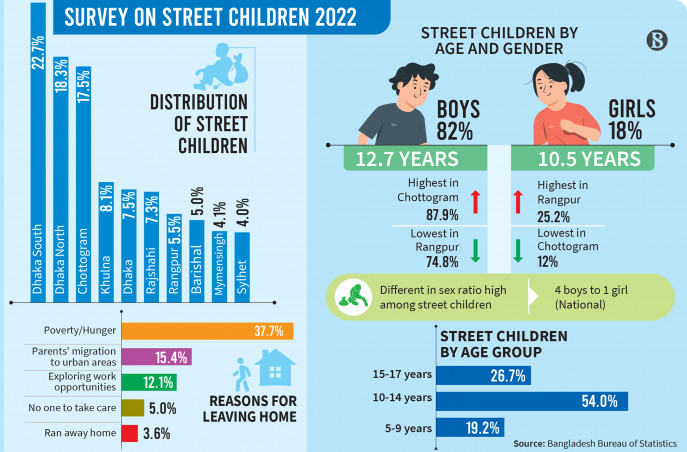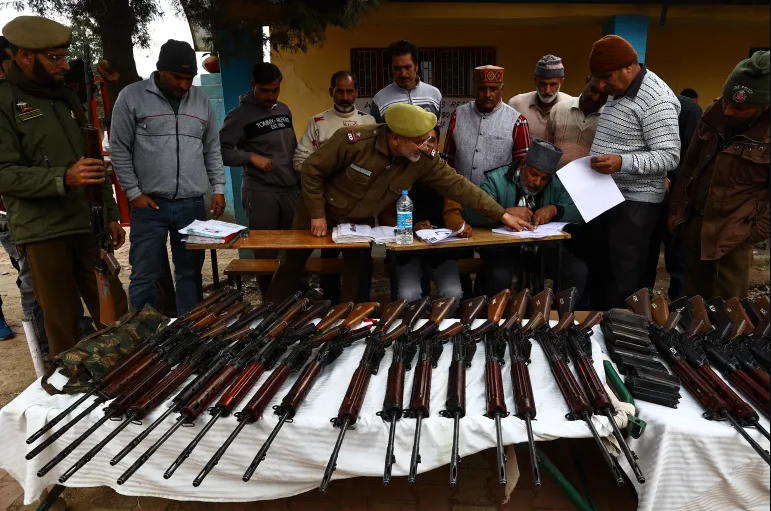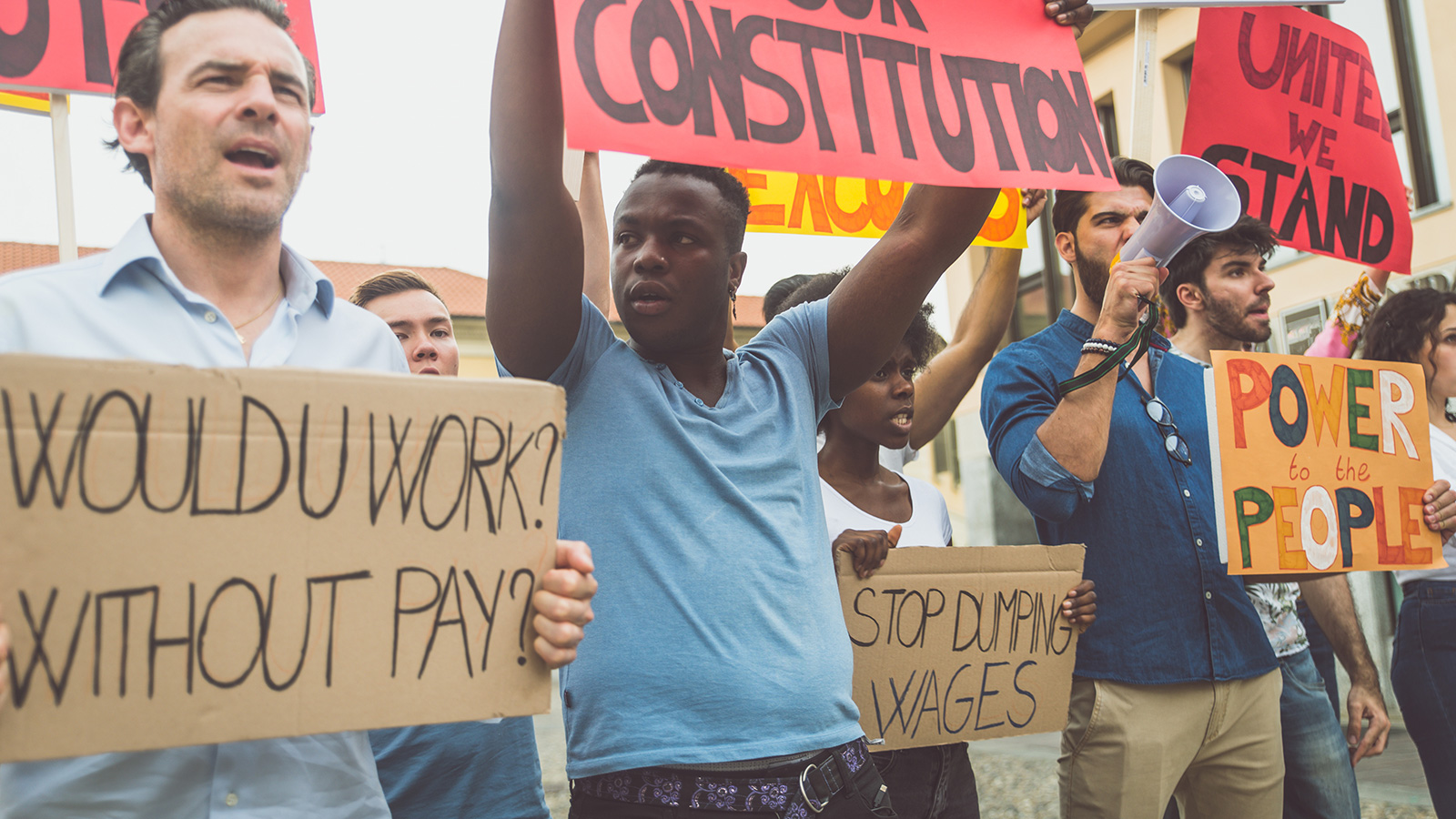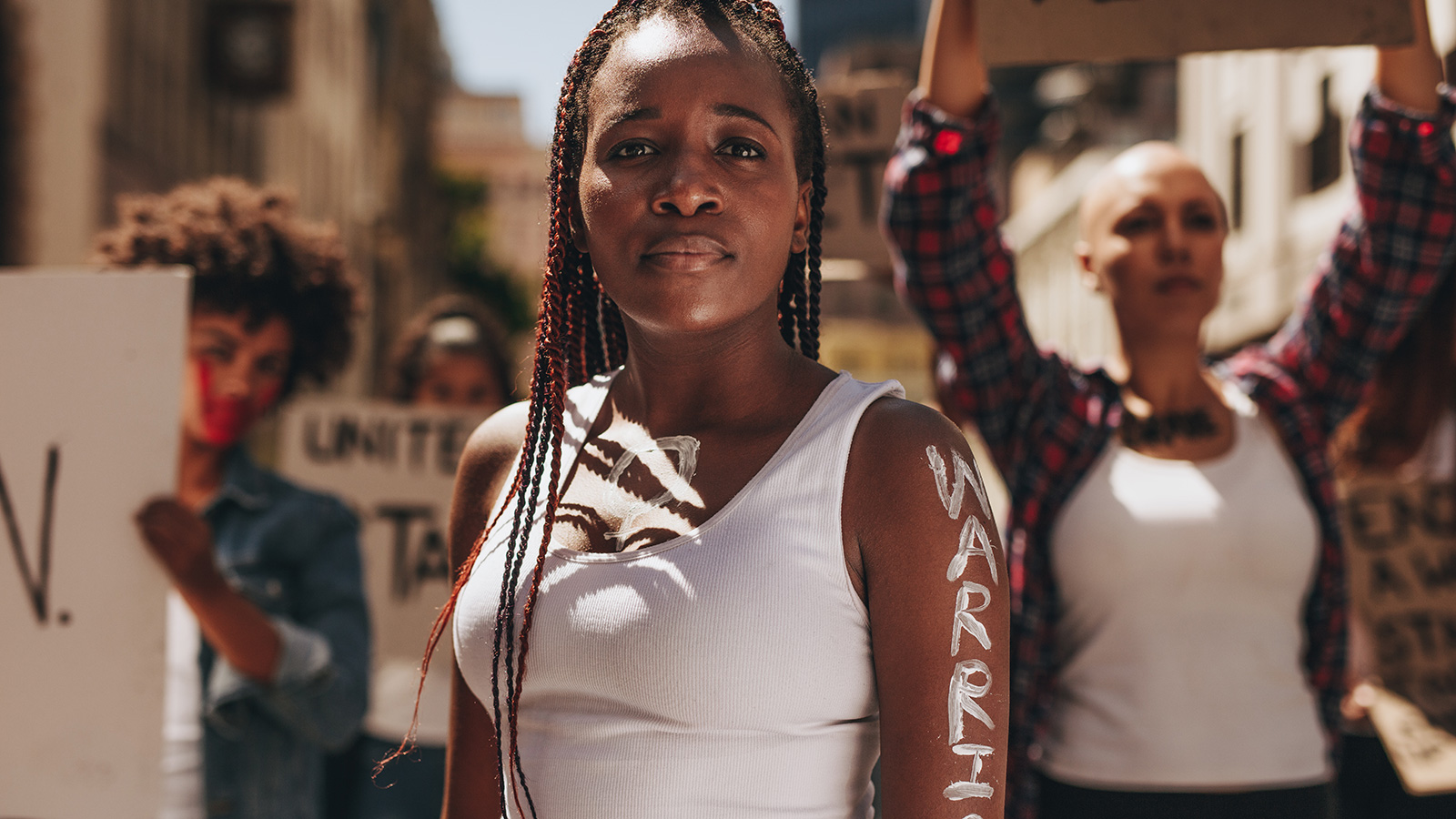Staff Reporter:
Children living on the street in Bangladesh face deprivation, extreme poverty, malnutrition, disease, il-literacy and violence.
Their situation is revealed in detail in the Survey on Street Children 2022, published by the Bangladesh Bureau of Statistics with support from UNICEF on Monday.
“The emerging reality of the street children is expected to provide inputs towards developing policies and action programs to combat the situation of street children in the country,” said Planning Minister MA Mannan.
The survey findings are based on first-hand reports from a sample of 7,200 children aged 5-17 years in hotspots in Dhaka and in the country’s eight divisions.
While the report does not contain absolute figures, UNICEF experts fear that the number of children living on the street in Bangladesh could be in the millions.
“The report findings are shocking. They tell us not only of the urgent work ahead, but also that children living and working on the street need our empathy and support,” said Sheldon Yett, UNICEF Repre-sentative to Bangladesh.
Children in street situations are defined as children who spend the majority of their time on the streets, either living there or for their livelihood, with or without family.
According to the survey, most of these children are boys (82 per cent), and the majority end up on the streets either due to poverty or in search of work.
Approximately 13 per cent are disconnected from their family, and about six per cent are orphans or do not know if their parents are alive.
Sleeping on the street
Nearly one in three of these children (over 30 per cent) live and sleep in public or open spaces without the most basic amenities of life such as a bed to sleep in, a door to close for safety and comfort, or a toilet.
About half of the children surveyed go to sleep with only a jute bag, pieces of carton or plastic, or a thin blanket between themselves and the bare ground.
Roughly 7 per cent of children sleep alone while 17 per cent seek protection and comfort by sleeping in pairs or groups.
One in three (30.4 per cent) incidents of violence reported by children occurred during their night-time sleep.
Abuse and harassment
Alarmingly and shamefully, the most common perpetrators of abuse and harassment against children in street situations are passers-by, with eight in ten children reporting abuse or harassment by pedestrians, UNICEF said.
“I was sad at how horrible people were to us – they threw water at us when we tried to sleep. They called us hurtful names,” says twelve-year-old Hasib who lived on the street before he and his mother came into contact with government social workers who provided guidance and support.
Working to survive
Forced to work to earn a livelihood – mostly in waste collecting, begging, or in tea stalls, factories and workshops – these children are at daily risk of injuries and violence.
A third of the children surveyed reported being injured when working, while half were subjected to vio-lence.
Almost half of the children working were forced to start at the early age of nine. Most of these children are working 30 to 40 hours per week for less than 1,000 Taka or 10 dollars per week.
Illiteracy, illness and isolation
Three in four (71.8 per cent) children in street situations can neither read nor write, leaving them with a lifelong handicap and grim prospects for the future.
Over half the children surveyed reported falling sick within the three months prior to the survey, suffer-ing from fever, coughs, headaches and waterborne diseases.
Most of the children (79 per cent) were unaware of the support they can get through organizations that provide services for children in street situations.
Investing in social workers
UNICEF is working together with the Government of Bangladesh as it invests in more social workers who can help these children to a life away from the streets.
At the same time, UNICEF’s vision is a social worker in every village to protect children from harm and to prevent children from ending up on the streets in the first place.




